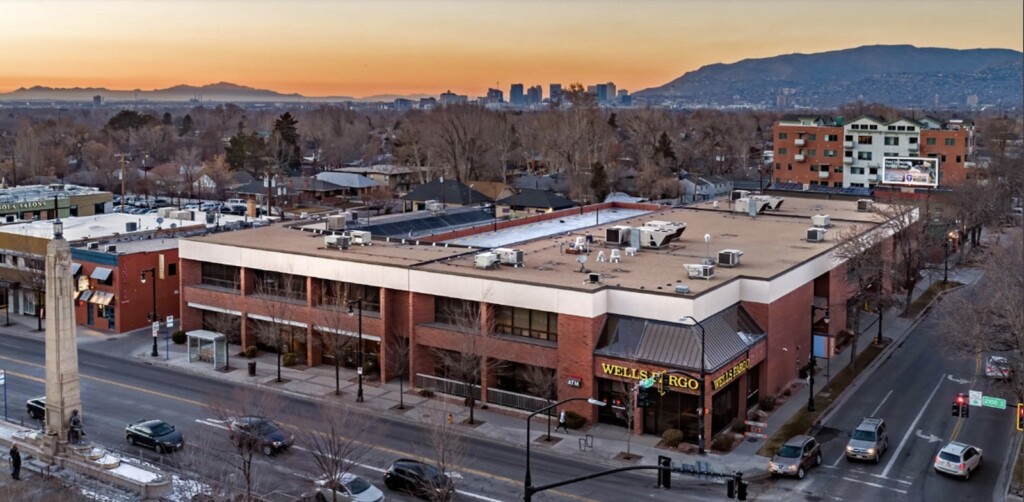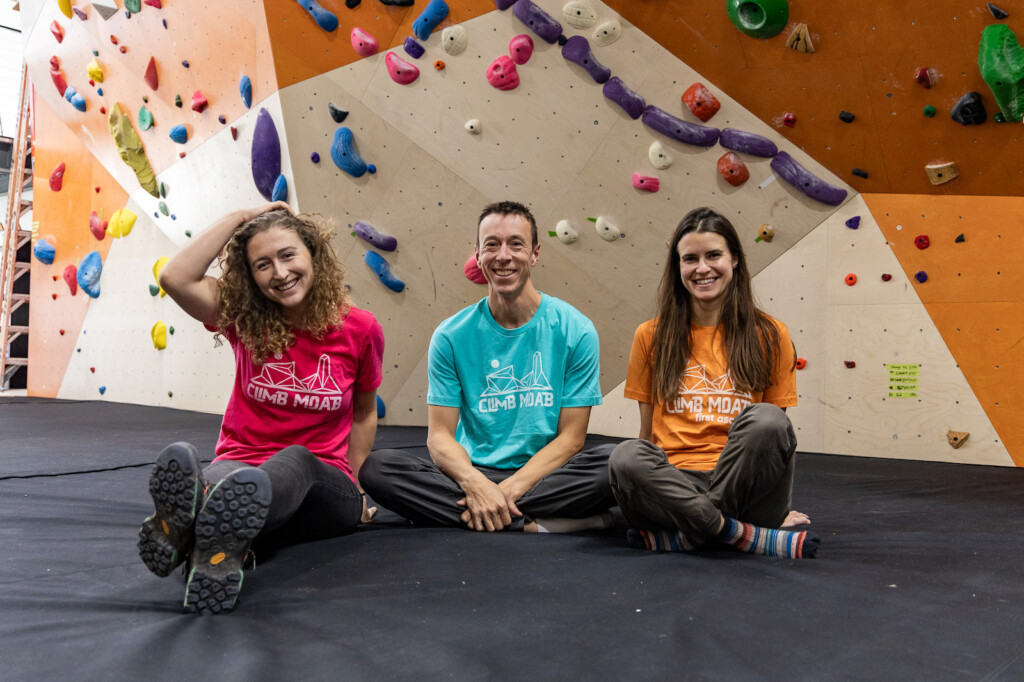
The real estate market in the Beehive State is buzzing.
Apartments are sprouting up across the valley; housing sales are steady despite rising prices; so-called mother-in-law apartments are now legal and being built on developed lots; the population of the region continues to grow thanks to a steady birth rate and an influx of young professionals following the burgeoning job market.
“This is almost the best it’s ever been,” said Monique Higginson, a principal broker at Market Source Real Estate in Sugar House. “It was a little stronger a few years ago, but we have one of the best job markets in the nation. We are the number one population growth state in the country, which fuels a lot, and we have more people moving in from out of state than I’ve ever seen for jobs. There’s so much growth. It’s crazy.”
In downtown Salt Lake City, five high-rise, mixed-use projects are slated to kick off in 2020, adding approximately 100 stories to the skyline. Across the city, the number of apartment units jumped from around 12,000 in 2000 to 20,554 in 2018, according to a report published in June by the University of Utah’s Kem. C. Gardner Policy Institute. Between 2013 and 2017, 91% of the residential building permits issued by Salt Lake City were for apartments.
Rising Costs
Despite the increase in apartment inventory, vacancy remains low (under 5%) and rents high across the Wasatch Front. In 2000, the average rent for an apartment in Salt Lake County was $647, but by 2018, that number jumped to $1,153 — an increase of 78%. Utah and Davis counties both had average rents over $1,100, the institute reported.
Jobs, many from a burgeoning tech industry, and population growth are to thank for the construction frenzy. Utah is on track to add 2.5 million people by 2050, with two-thirds coming from the heavily-Mormon state’s high birth rate and the remainder from out-of-state transplants, according to a 2014 study by the Utah Foundation.
There are far fewer single-family homes being built in the region, and housing prices are on the rise at a rate of about 10% a year. The median housing price in Salt Lake County is $383,900, according to Zillow, up 9.8% over the year prior. For the second quarter of 2019, Utah home prices rose by 7.7 %—the second highest appreciation in the country, just behind Idaho, according to the U.S. House Price Index Report.
“The market went from recession and short sales and foreclosures after the crash of 2008 to a very bullish market in the last five years,” says Babs De Lay, principal broker and owner at Urban Utah Homes and Estates. “The rise in housing prices concerns me for certain segments of the population who may not be able to afford housing and will be stuck in the rental trap.”
Getting Creative With Housing
With rents outpacing income increases since 2010, and an estimated statewide housing unit deficit of 50,000 (another Kem. C. Gardner Policy Institute discovery), Utahns are getting creative with housing.
“It’s really interesting to see how people, especially the younger demographics, are adjusting for these higher prices,” says Market Resource Real Estate’s Higginson. “I’m seeing a lot more people buy together and have more density in the home instead of purchasing on their own.”
Both Higginson and De Lay have also noticed a marked interest in accessory dwelling units (ADUs)—also called mother-in-law apartments or granny flats—since Salt Lake City adopted the ordinance to allow for their construction last fall.
“I’m seeing a lot of people staying in place, not putting their homes on the market, and they’re building ADUs for their senior parents or for nannies for their children, if they can afford a nanny, or even to rent out as an Airbnb,” says De Lay.
As for tips on how to jump into this rising real estate market? Cast a wider net.
“Houses will be more expensive next year and the following year,” says De Lay. “If you can’t afford Sugar House, I would expand the area that you’re looking in. There’s some pretty cool areas in Rose Park, Glendale, and Poplar Grove. We’re seeing people move over there because, quite frankly, it’s affordable.”





